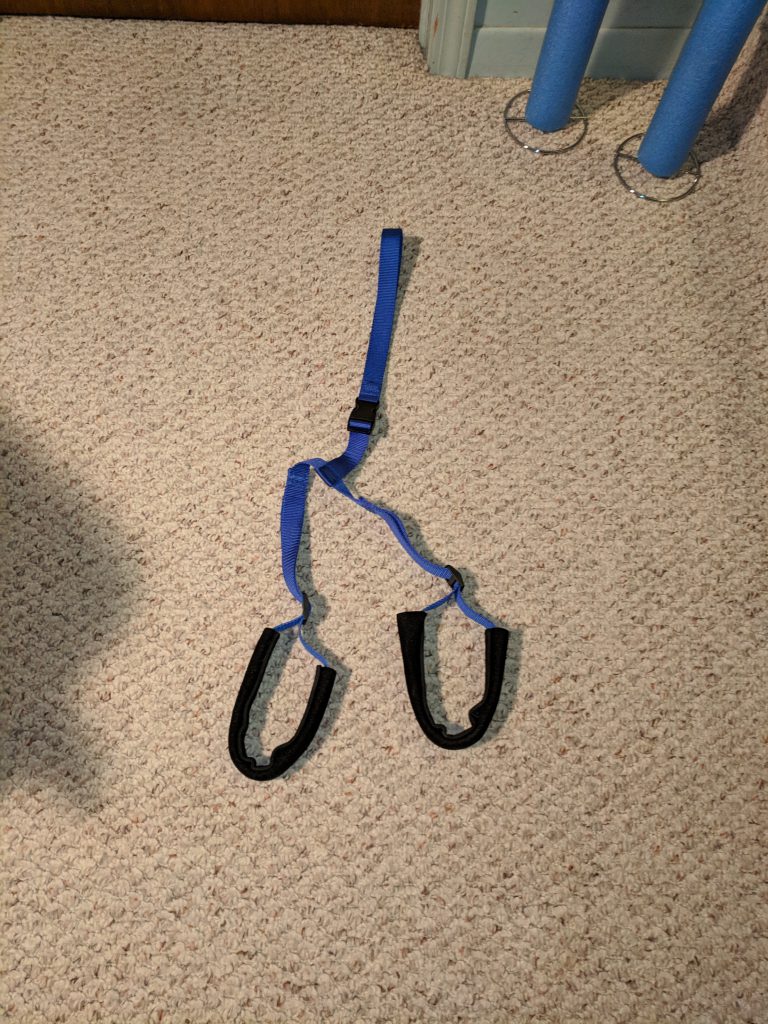The most obvious one is fewer puppies. Other purported benefits include: lessening aggressive and/or marking behaviors, minimizing chances of reproductive-system cancers, and avoiding messy heat cycles.
Well, yes and no. According to our friends in the rescue/shelter world, there are fewer dogs in shelters. However, the dogs that are in shelters are more likely to have behavioral and/or health issues. As dog owners have become more responsible over the past 40 years, shelter dogs are products of neglect, abuse, and irresponsible pet ownership. Fewer “nice” dogs are available for adoption from shelters and rescues. And the backlash against responsible breeders has made purpose-bred, mentally- and physically-sound dogs harder to find and less accessible to the average person. They simply don’t know where to turn for a nice pet, not a “project.”
Recent studies have shown that neutering before maturity can cause orthopedic issues for dogs. More research is being done, but it seems that the hormones are needed to signal the dogs’ bones to stop growing. This can lead to problems like cranial cruciate rupture,hip dysplasia, and patellar luxation.
There have also been links found between early neuter and an uptick in other cancers, including mast cell tumors, lymphosarcoma, and hemangiosarcoma.
Additionally, the supposed behavioral benefits of early neutering have come under question. The research actually suggests the opposite – neutered dogs are actually more aggressive than intact animals. Neutered dogs also proved to be more excitable, fearful, and exhibit other less-desirable behaviors.
This is personal
It was a nervous week here at Golly Gear. Torque, Hope’s 4-year-old French Bulldog went under the knife for removal of a growth on his privates, and neutering surgery. The decision when, or even if, to neuter your dog is more difficult these days as the body of research grows.
Any kind of medical procedure on our dogs (or us!), especially surgery, is worrisome. Especially when you have a flat-faced dog like a Frenchie. And especially when the dog has never had anesthesia before. Even though we’ve known our veterinarian for years and trust her completely, it’s always a concern.

We’re happy to report that Torque came through with flying colors. He was a little groggy the first night and definitely not a fan of the “no food” surgical aftercare. The next morning, with breakfast on board, he was pretty much back to his usual self. He’s having a mini-vacation from rough-housing with the other dogs and training classes, but otherwise fine.
But we have to admit – if it weren’t for the mass on his “bits,” Torque would still be intact and likely would have stayed that way the rest of his life. Our attitude has shifted on the value of neutering dogs. Just like it shifted before.
Back in the olden days
Our first family dog was Spunky, a Boston Terrier who came into our lives in 1967. To the best of our knowledge, our mom never even thought about getting him neutered. It wasn’t routine, or automatic. At that time, according to the National Institutes of Health, a quarter of the dog population was “roaming the streets (whether owned or not) and 10 to 20-fold more dogs were euthanized in shelters compared to the present.”
Then, over the course of the next couple of decades, attention was focused on the overpopulation of dogs and cats and public opinion changed. Neutering became the “norm” – recommended for all pets as soon as they were about six months old.
With the rise of the “adopt, don’t shop” movement, neutering started even earlier. Animals weren’t allowed to leave shelters unless they had already undergone the surgery. Now the consequences of that shift are coming to light and the results are a mixed bag.
What’s the take-away? Should I neuter my dog?
As always, it’s a decision that only you and your veterinarian can make, keeping in mind your situation, and your particular dog. While searching for answers, be aware of the source of the material you’re finding – many groups have biases. As critical thinkers, our job is to sort the wheat from the chaff, and take into account the writer’s point of view.
For us, the choice was pretty clear. Torque is four years old, already mature. He’s done growing. As a matter of fact, the only thing that was growing was the mass on his scrotum. We weighed our options and made our decision based on the information available to us. It’s the best we can do.










